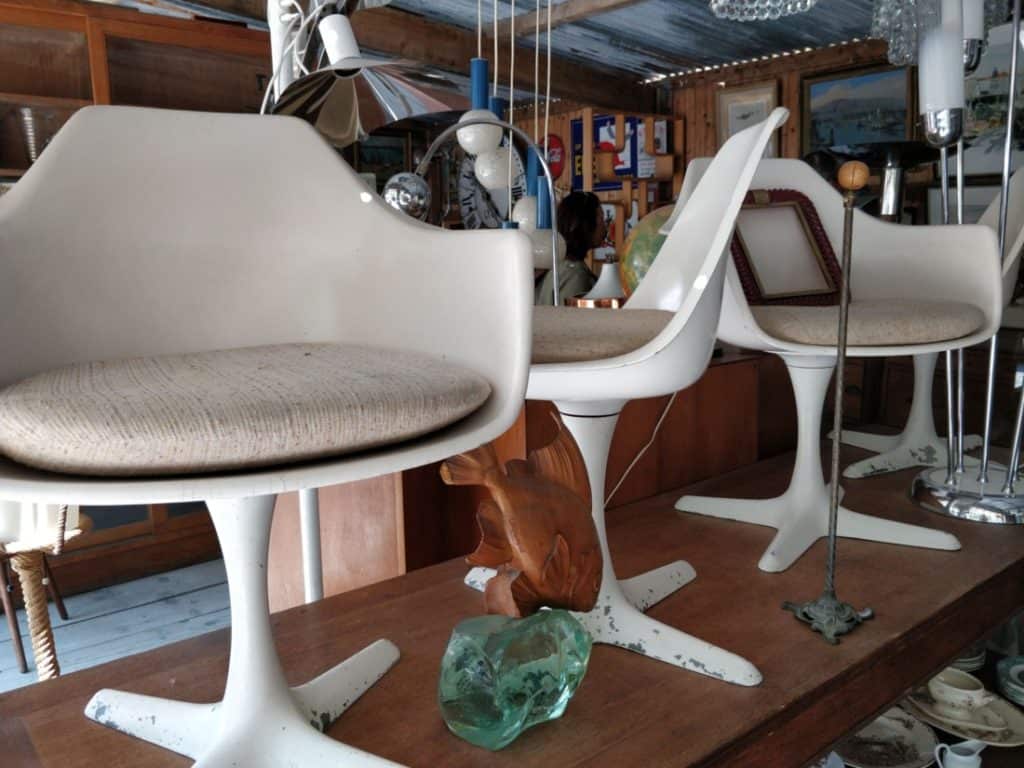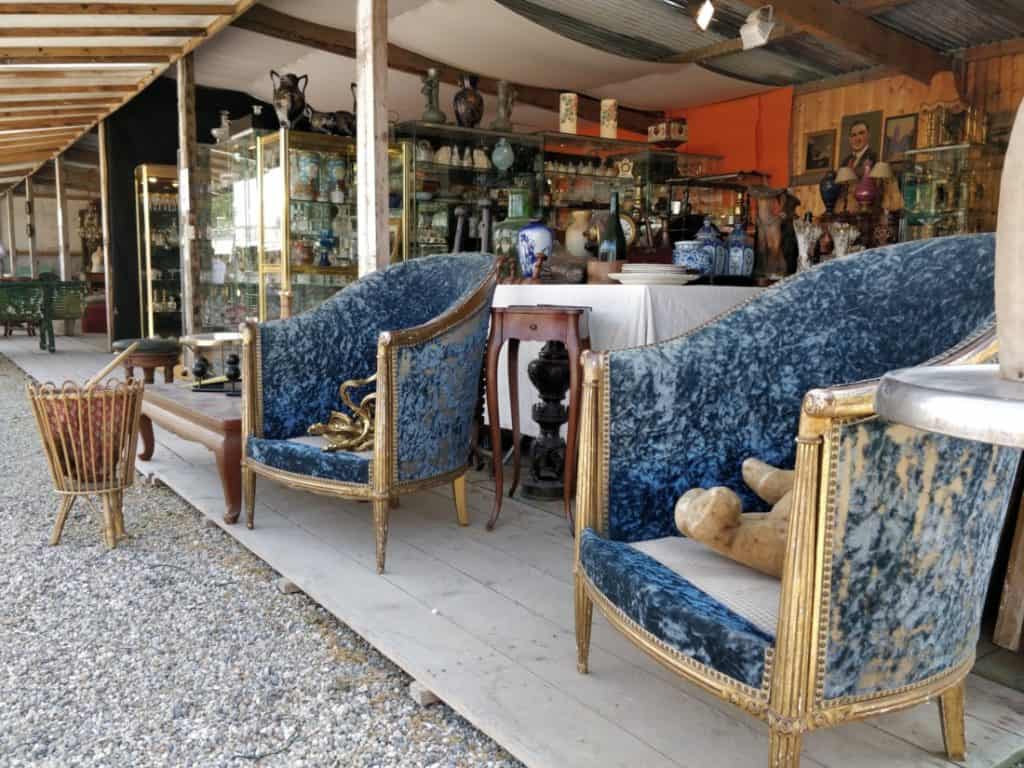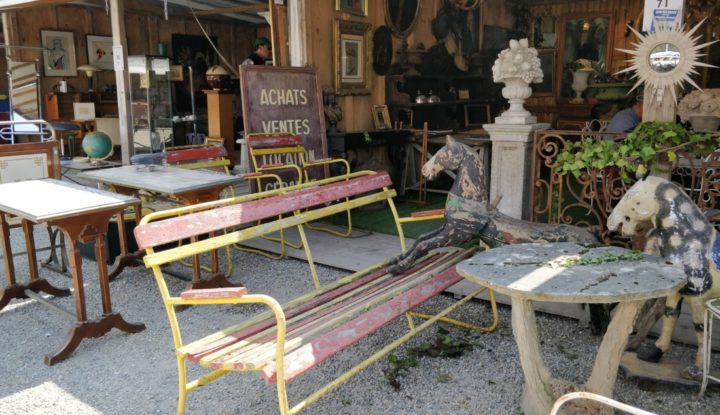The terms “antique” and “vintage” are often used interchangeably. Both reference the age of items found at flea markets. They are not always one and the same, however. So what is the difference between antique and vintage exactly?
The lingo varies depending on what’s for sale, which can create confusion. Descriptions span from “classic” watches to “collectible” china. But essentially it all boils down to the degree of oldness. Having a grasp on the difference between antique and vintage can facilitate smooth transactions for buyers and sellers.
What is considered vintage?

Vintage can be something of a catchall to include many old-ish items. In general, vintage pieces are older than 20 years but younger than 100. You may have heard the term “true vintage.” This is a subcategory for items that are at least 50 years old, such as Mid-century modern.
Descriptions like retro and kitsch also suggest a vintage timeframe. Exercise caution, though, as these labels commonly refer to newer and vintage-inspired items. Clothing, for example, is given some leeway. Many vintage clothing shops stock inventory that dates back just 10 years, particularly the higher end or designer garments.
What is considered antique?

To call something antique, it must be at least 100 years old. And technically if the age of the piece cannot be dated, you shouldn’t advertise it as an antique. This is where it gets tricky.
Trusted dealers and appraisers can help verify genuine antiques. Internet searches provide a wealth of information too, but fact check across multiple sources. Inspect items for stamps and other signs of authenticity as a backup. Dishes marked “microwave safe” likely fall outside antique territory.
It’s a good idea to use era-specific descriptions when selling. For instance, pinpoint whether a piece is Victorian or Art Deco to set realistic expectations.



